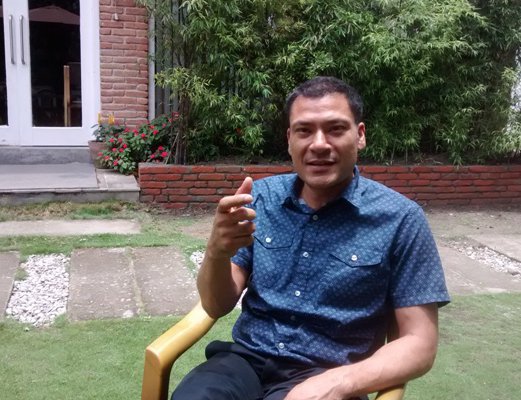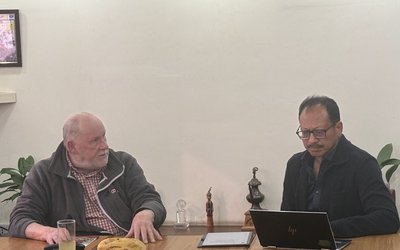
Do you think access to information is enough to prevent casualty and loss during the flood?
Access to information is one of the important components of early warning system but it is not adequate alone. There are many things attached with it. There will be more focus on preparedness. Once they know the information, there is the need to prepare for other arrangements to safely evacuate the victims of flood.
How is it possible?
Instead of providing tools to households, the equipments should be stored in the community where people can use them at the need of hour. As task force members and volunteers are trained persons who know first aid and rescue missions, they use their training skills and equipments at the time of evacuation.
How are volunteers preparing for the possible flood?
Along with providing training to community members, task force and volunteers, also launch mock exercises from time to time. Before the flood season begins, the community task force conducts the mock drill to check the equipments. They use various signals to show the types of flood. The task force and volunteers inform the level of flood by waving the green, yellow and red flags. People are informed through mobile messages.
How do they issue warning?
On the basis of level of water, they issue warning. If volunteers raise the blue color it shows the situation is normal. If they hold yellow, it means more risk.
How long has Practical Action been working in the area?
Practical Action Nepal has been implementing the early warning system for the last ten years. Our first step was watch and warn. It is basically a primate stage of early warning system. During that period a person can watch flood from tower and use siren if the river’s level went up. That was very manual. Now we have developed a system with linkages downstream and upstream. We warn the people in the downstream looking at the state of river upstream.
Who are your partner organizations?
We are working together with Department of Hydrology and Metrology installing the gauge meters in various rivers. DoHM has gauge readers in the upstream of river. They inform about the water level to the people living downstream. On the basis of their information, all are mobilized.
Are you using new technology for water gauging?
Now, we are moving ahead with ICPD basis to read the level of water in the river. Once the flood levels go to the danger zone, it automatically sends the signals in downstream areas. The information is sent to DHM and Ministry of Home Affairs as well. We are improving our technology to give more time to people to escape in case of danger. Now we are gauging all the streams and cover wide areas of rainfall. Our modeling will cover broader areas.
Why do you launch the short term programs only?
INGO and NGOs cannot go for a long term as they don’t have such huge resources. We come with certain objectives. Our project is for two or three years. Ultimately, it is the government which needs to take all the responsibility. NGOs and INGOs cannot take the responsibility all the time. Once we hand over the project, the government has to ensure the safety. There are certain lapses. If the government maintains the projects, community will benefit and people are saved. The government does not need to spend huge money.
- MELAMCHI WATER SUPPLY: No Interruption During Monsoon
- Jun 25, 2025
- KOREAN RETURNEES: Successful Integration
- Jun 25, 2025
- UPPER TRISHULI-1: Engaging With Local
- Jun 25, 2025
- IME GROUP: Twenty Five Years Of Journey
- Jun 24, 2025
- NEPAL’S AIR POLLUTION: A Growing Health Concern
- Jun 24, 2025















